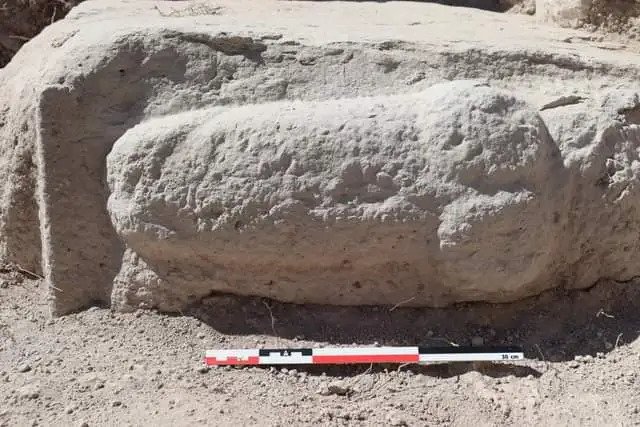Massive Roman Phallus Relief Carving Uncovered in Spain
A large Roman-era relief carving of a phallus was uncovered by archaeologists excavating in Nueva Carteya, Córdoba, Spain, earlier this month, according to an announcement by the area’s local history museum.

At more than one-and-a-half feet long, it could be the largest preserved Roman phallus carving, according to archaeologists.
The phallic carving was found at the base of a building within a fortified enclosure at the archaeological site El Higuerón. The site was originally an Iberian settlement occupied in the 4th century BCE until 206 BCE, when the Romans conquered the region.
El Higuerón was initially excavated in 1966 and again in 1968 and is considered one of the benchmarks of Iberian culture in the Córdoba province. Current excavations are overseen by the Museo Histórico Local de Nueva Carteya, which announced the finding of the phallic relief.
In ancient Roman culture, the fascinus was a depiction of the divine phallus used to invoke masculine generative power. Ancient Romans believed that it provided good fortune and protection.
Phallic depictions can be found among Roman sculptures, mosaics, frescoes, and pendants. The ancient Roman city Pompeii, for example, is loaded with graffiti and carvings of phallic imagery.
One of the largest concentrations of phallic symbols, however, is at Hadrian’s Wall in England. There, along the wall corridor and at military installations, are 59 identified penis etchings.
Additionally, during this season the team discovered the base of an Iberian-era wall in the western part of the site. It contained a Roman limestone floor and structural remains from the Roman and medieval periods.





